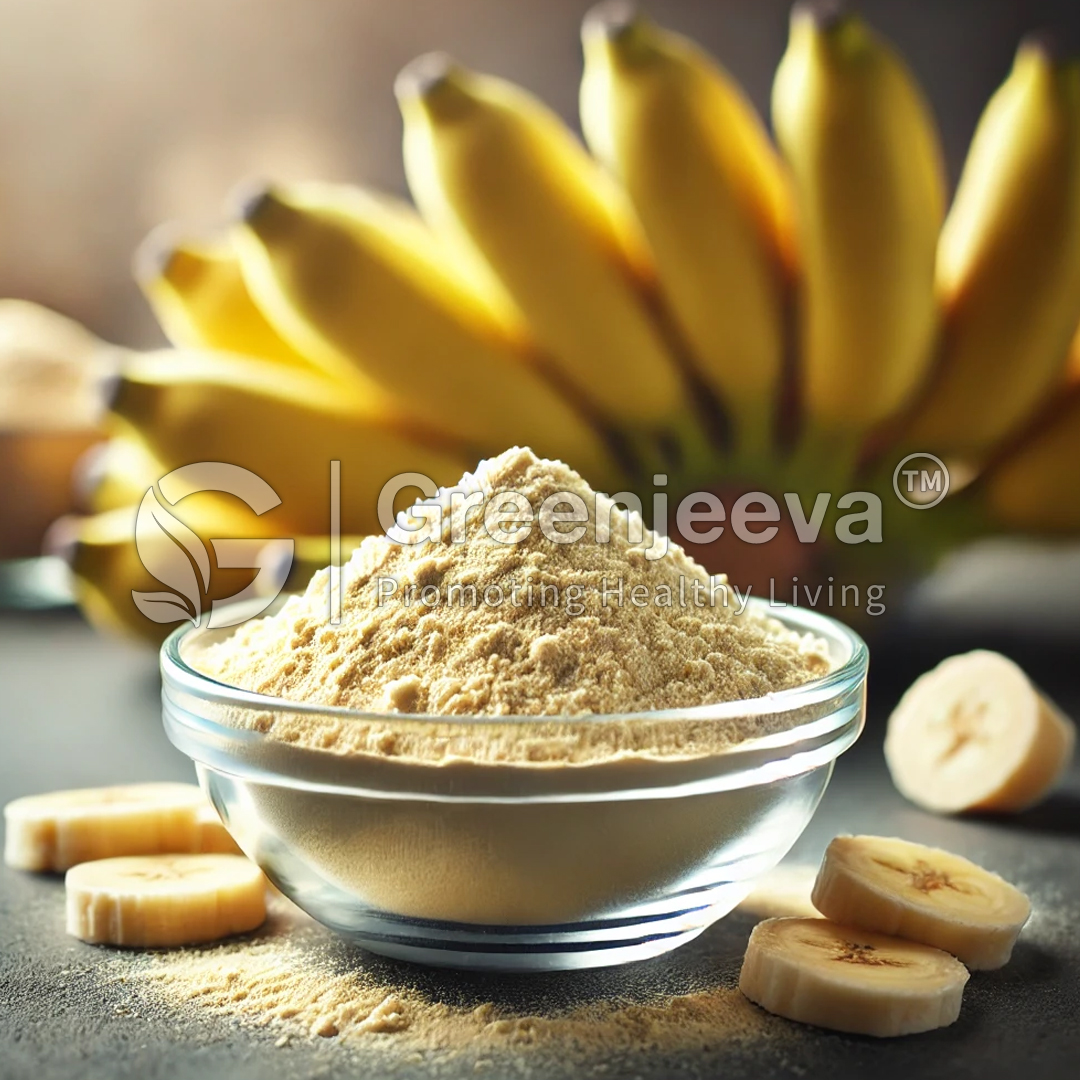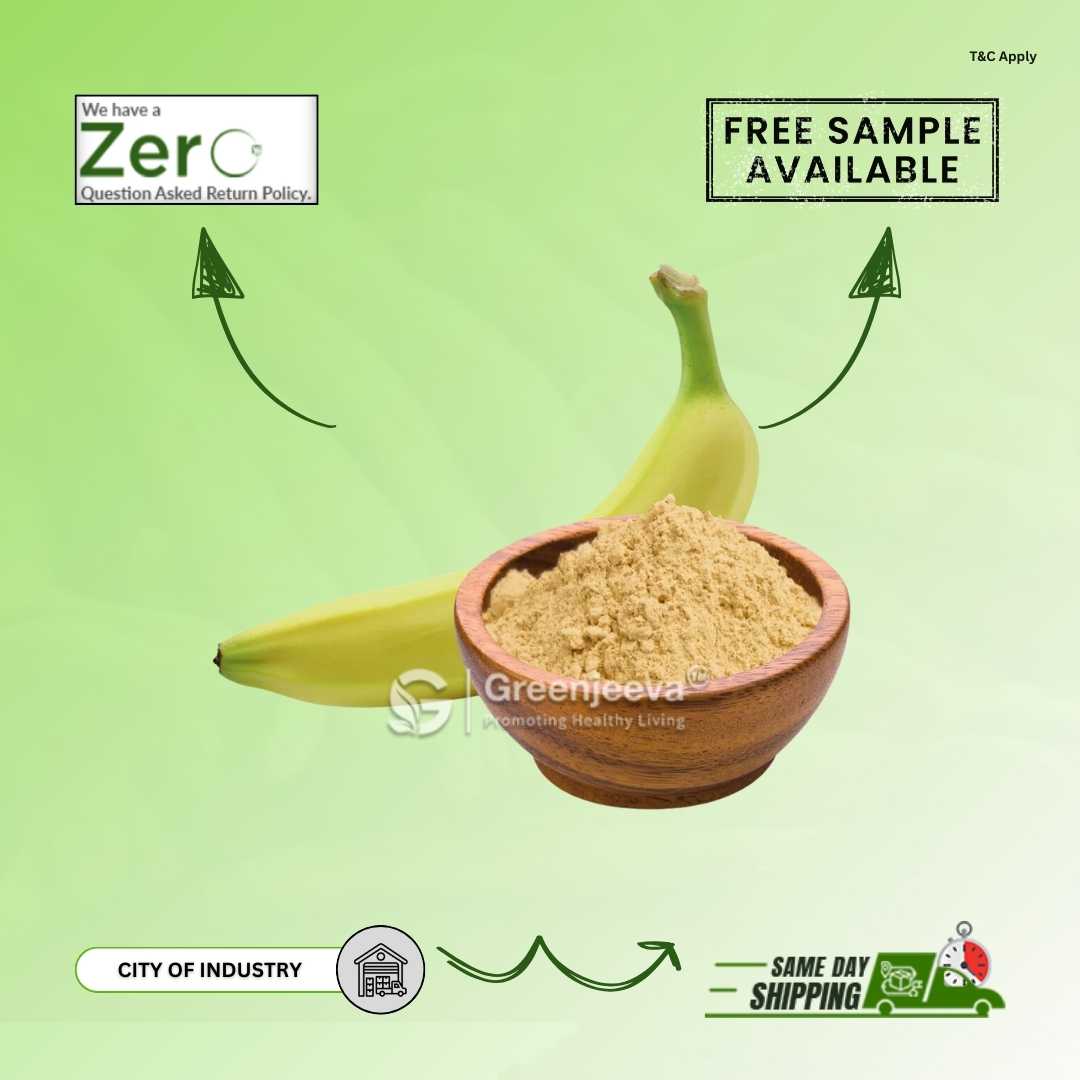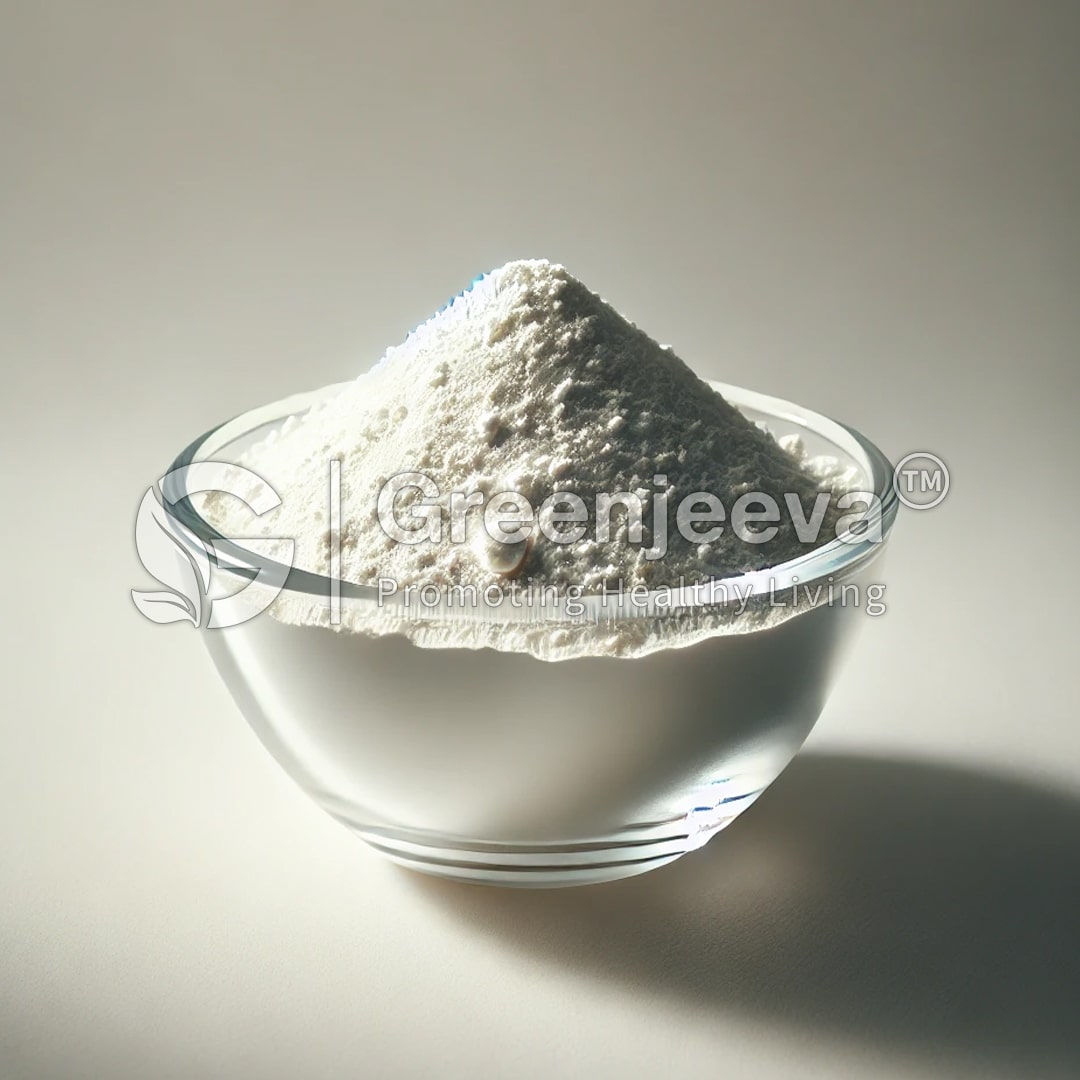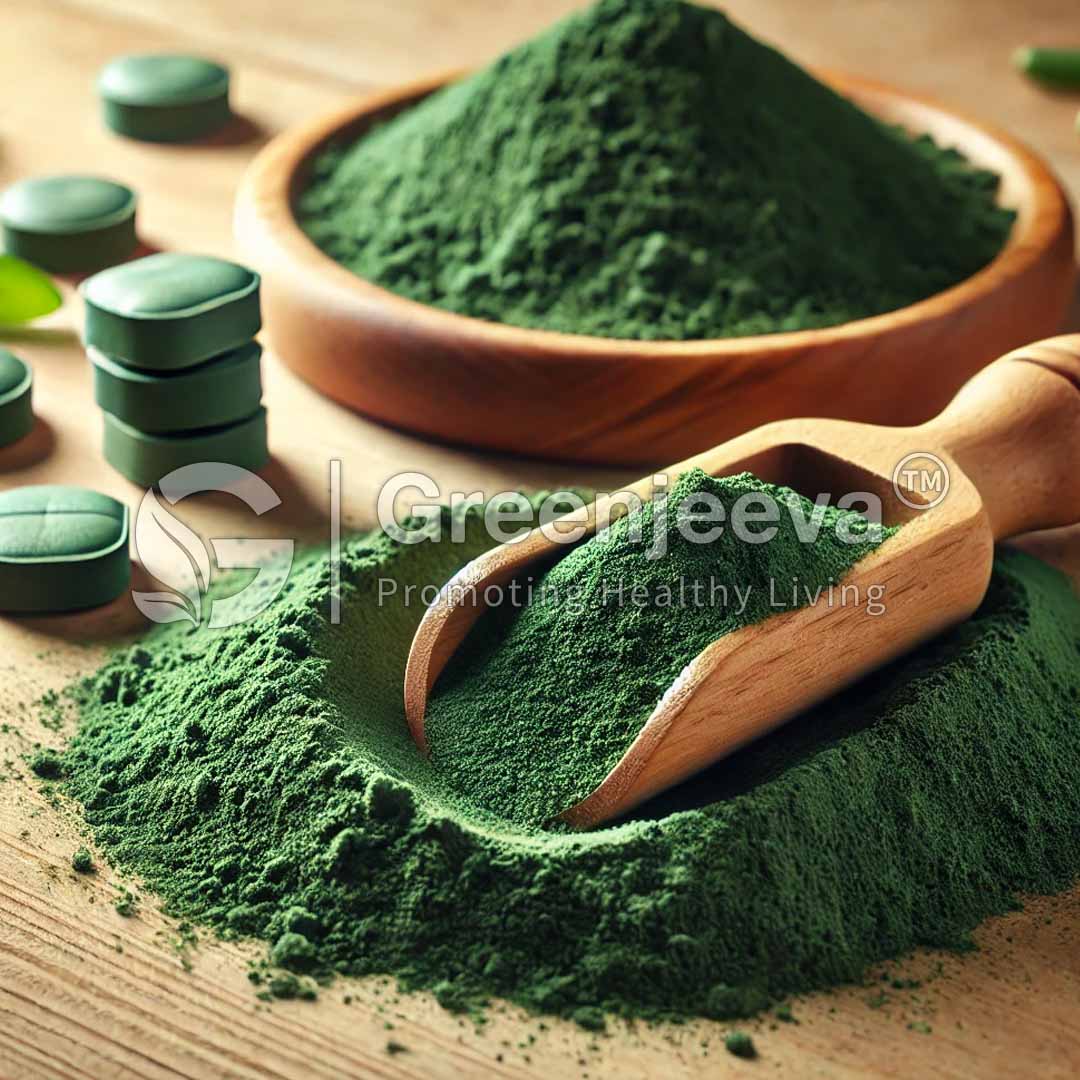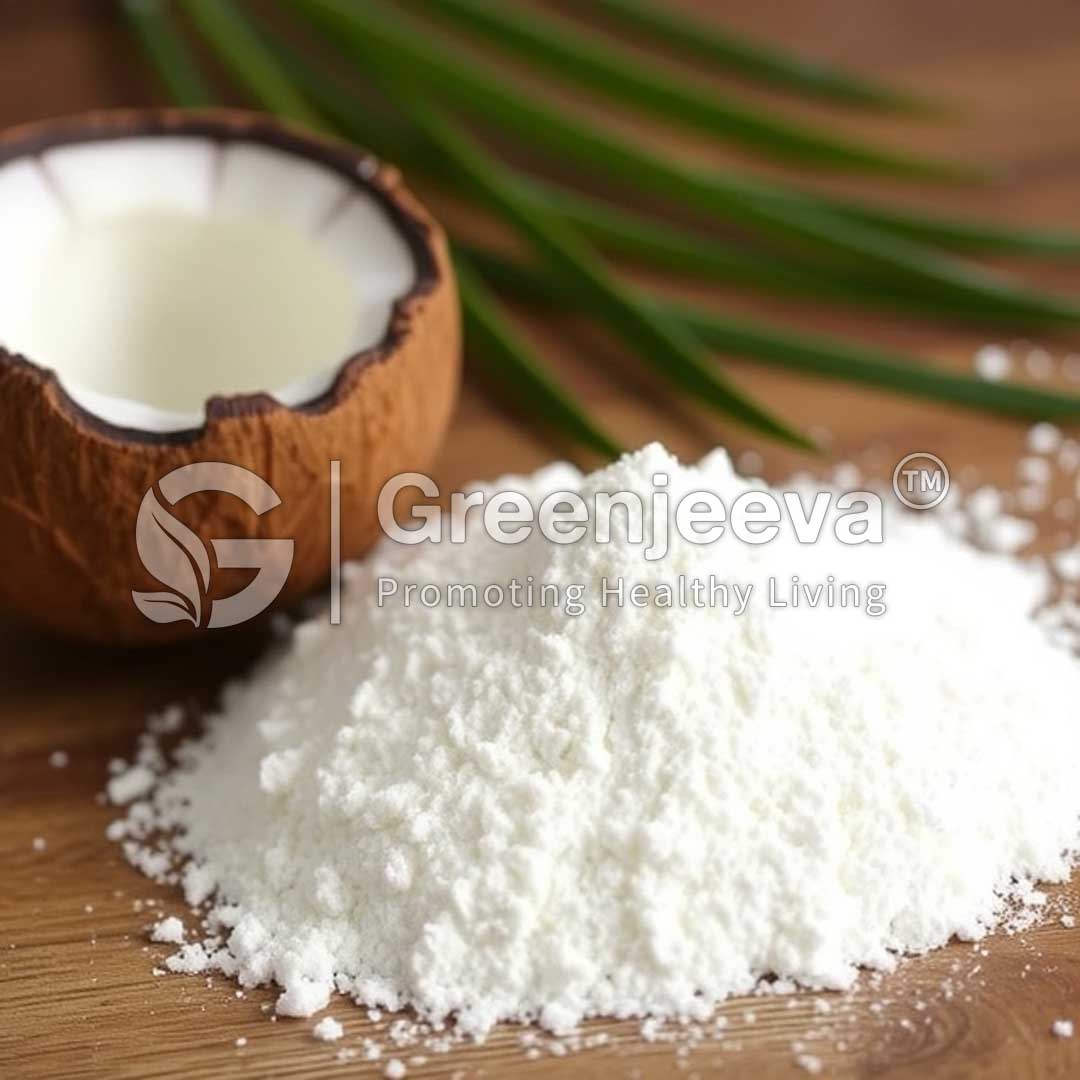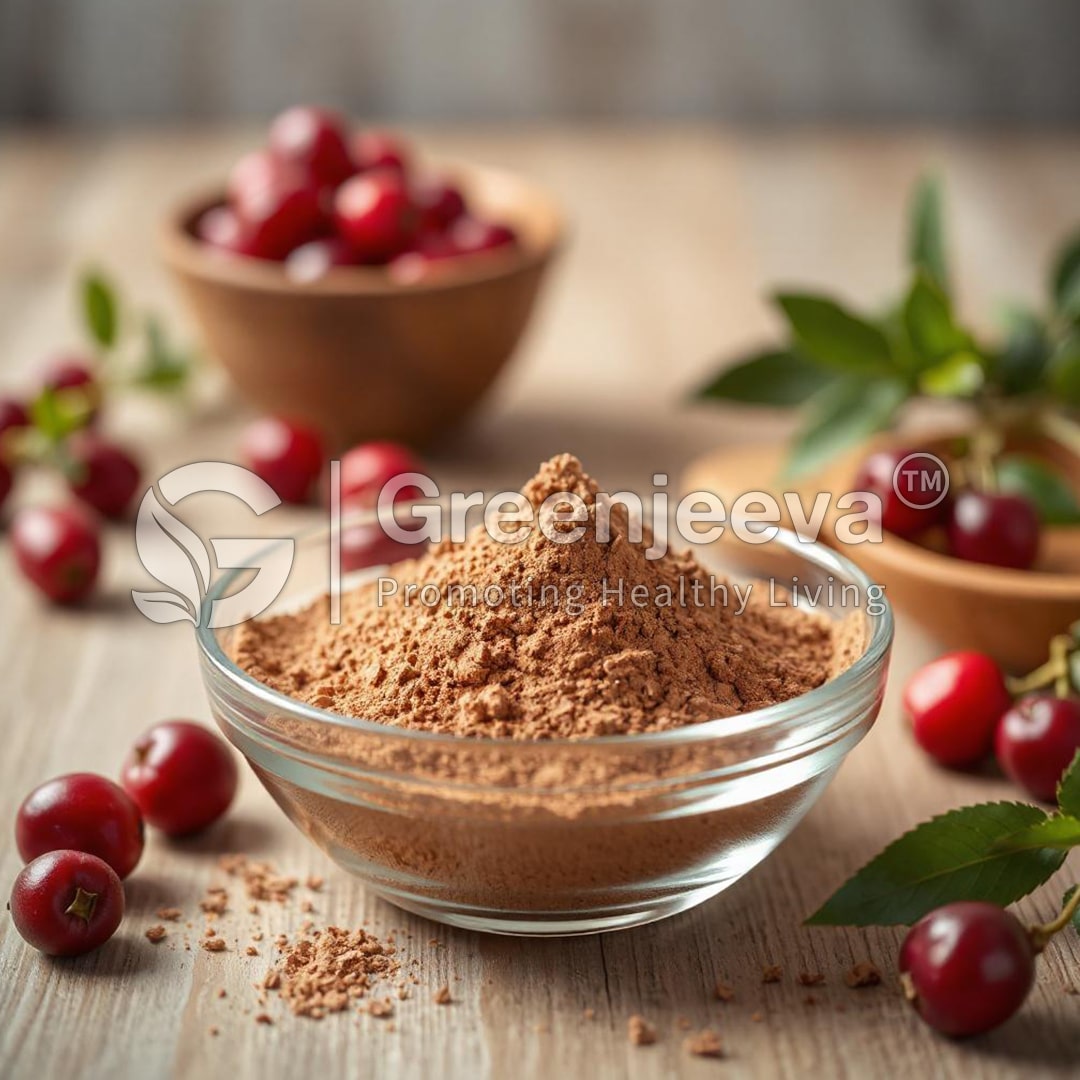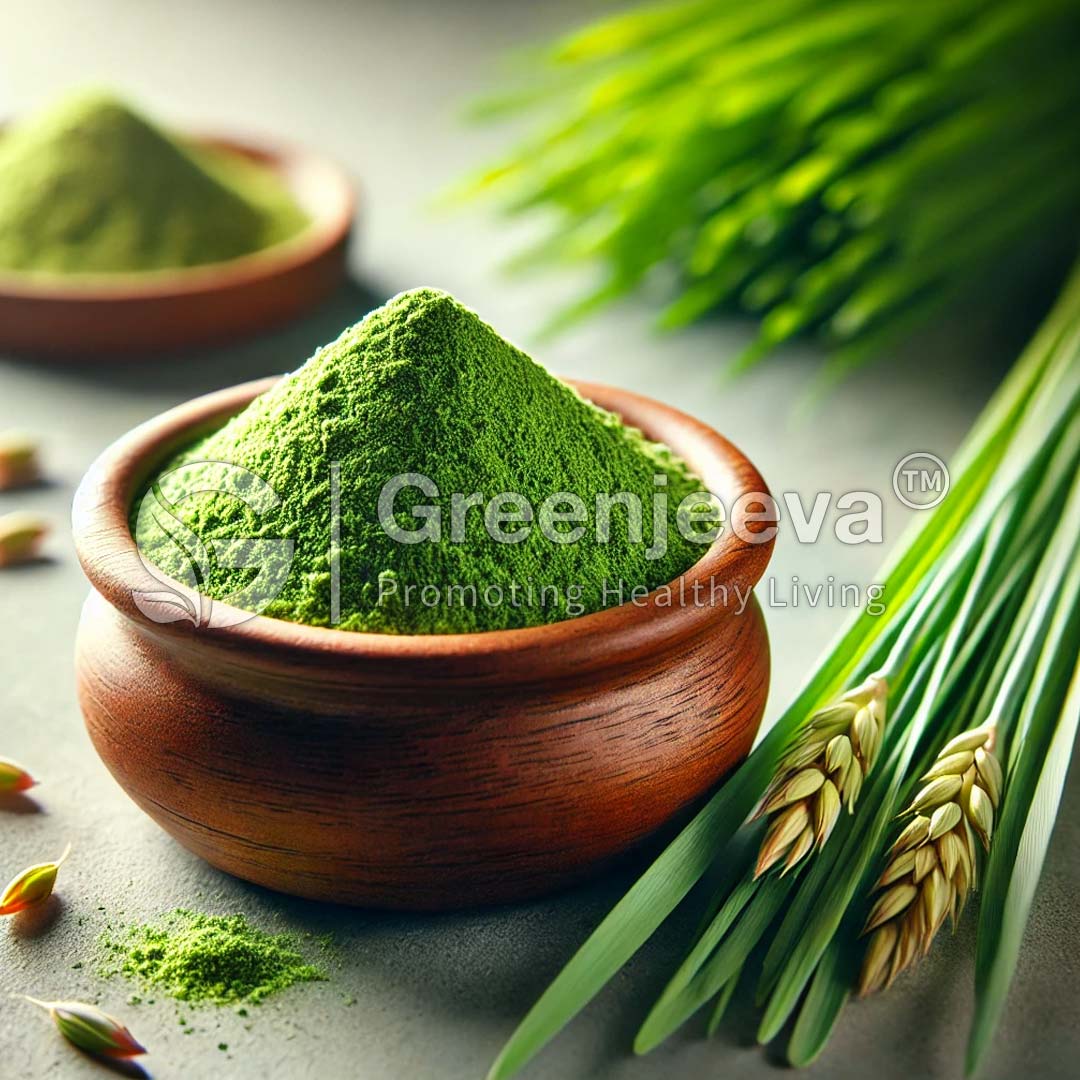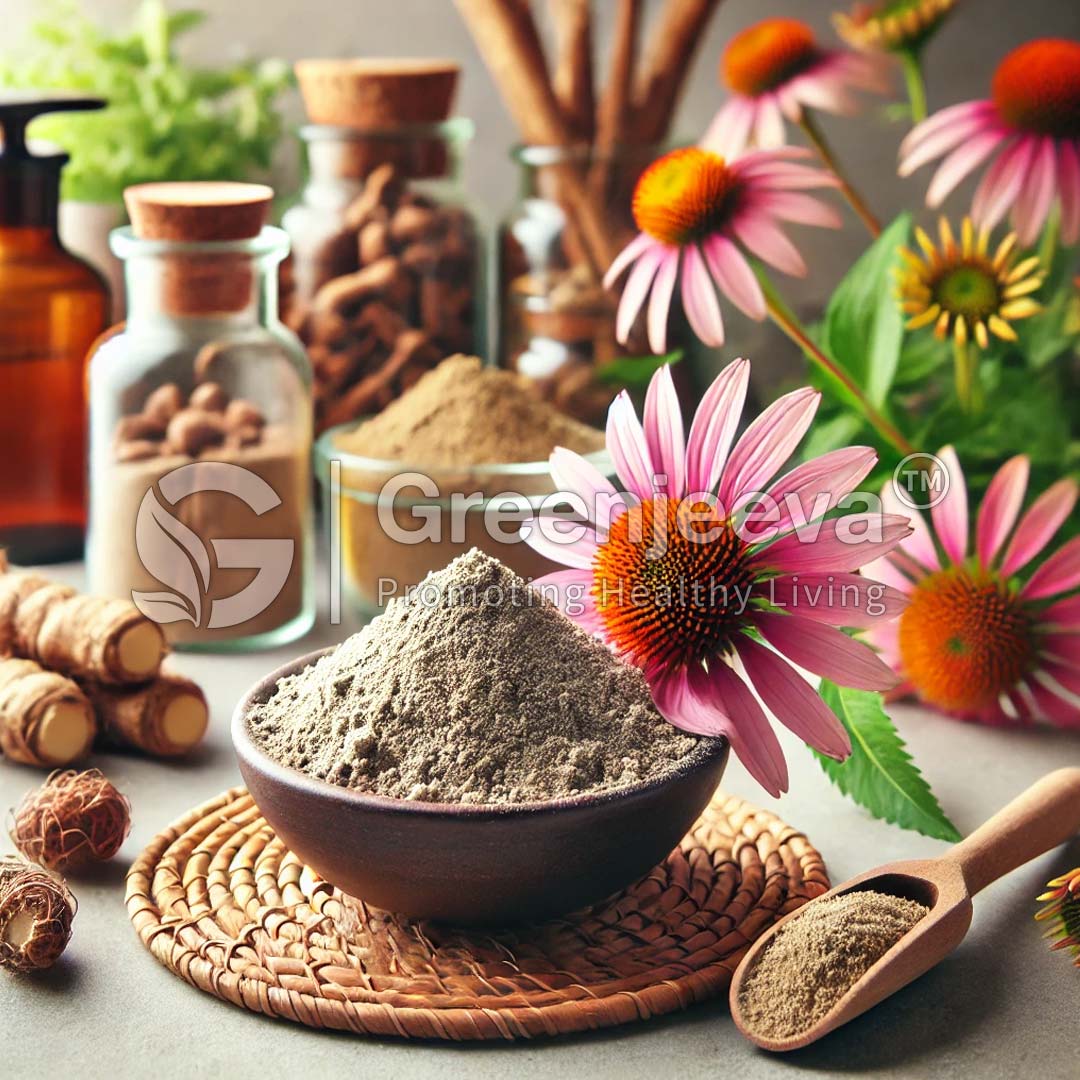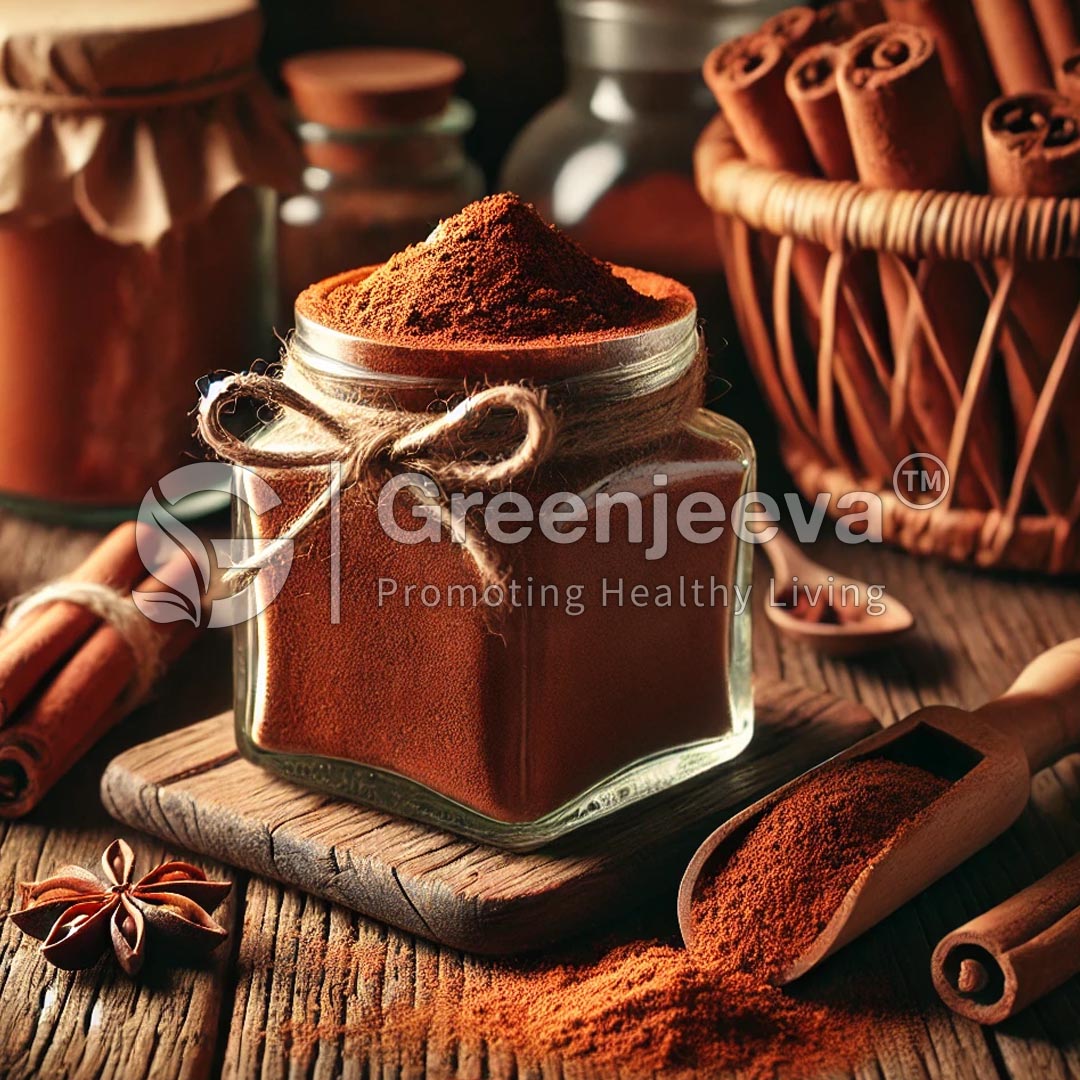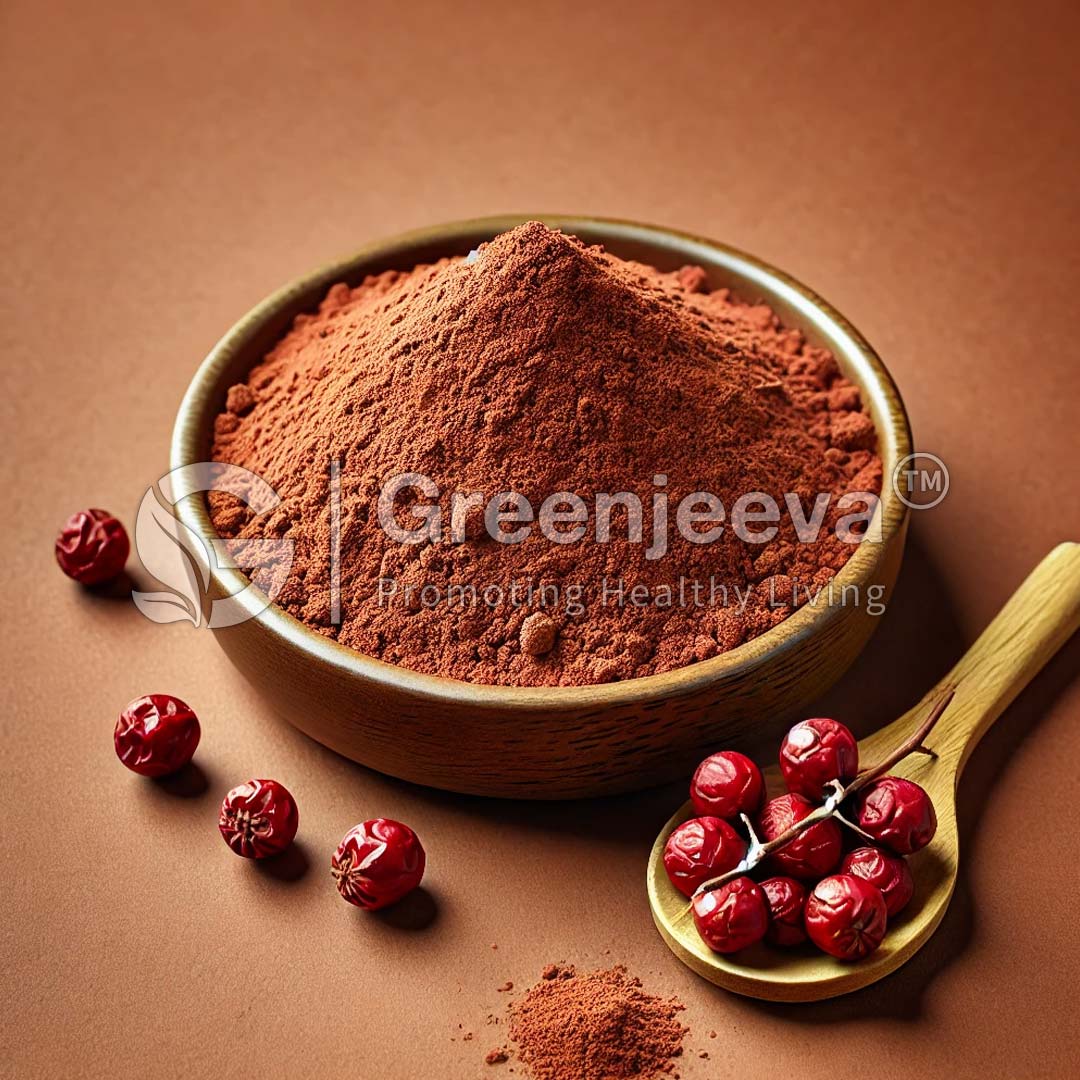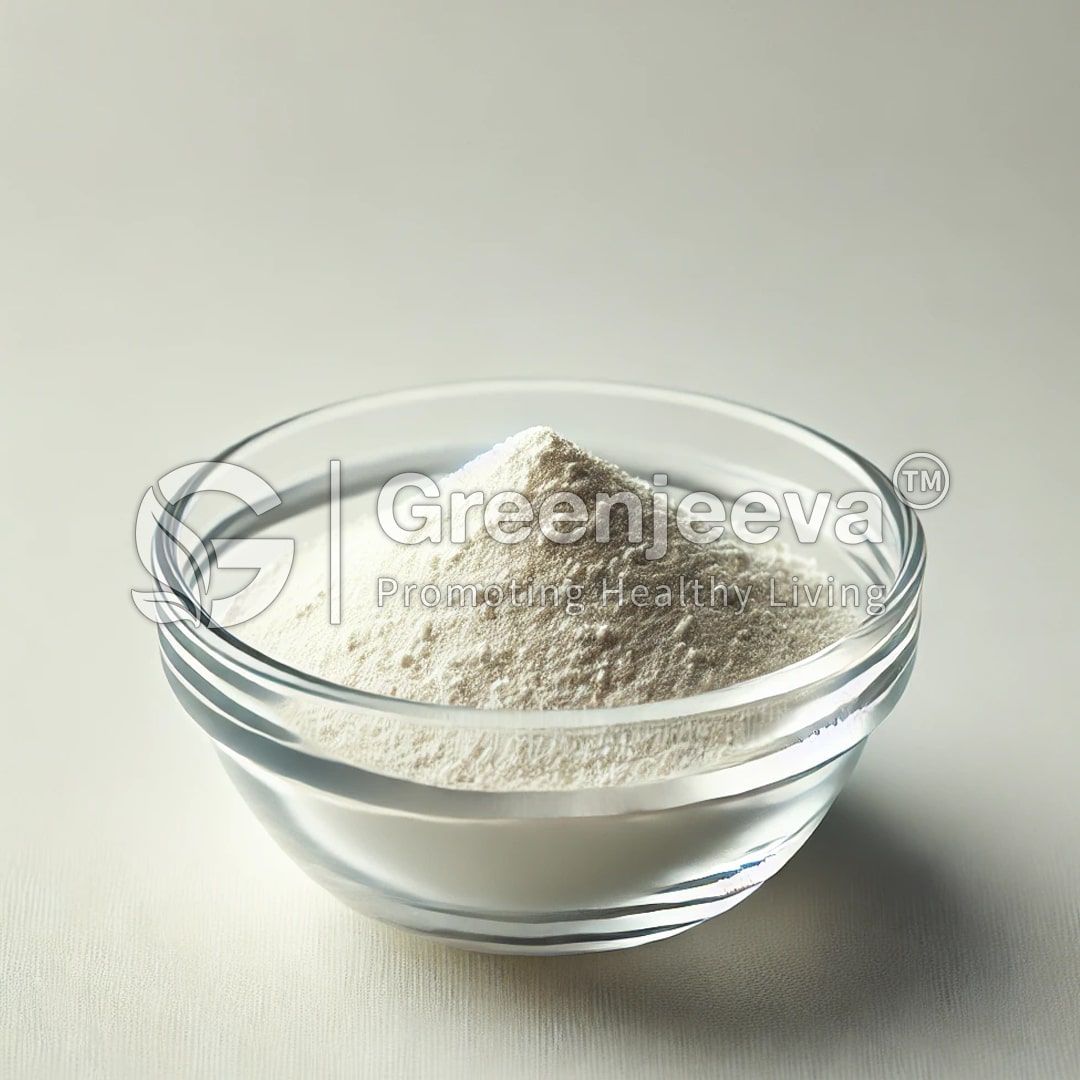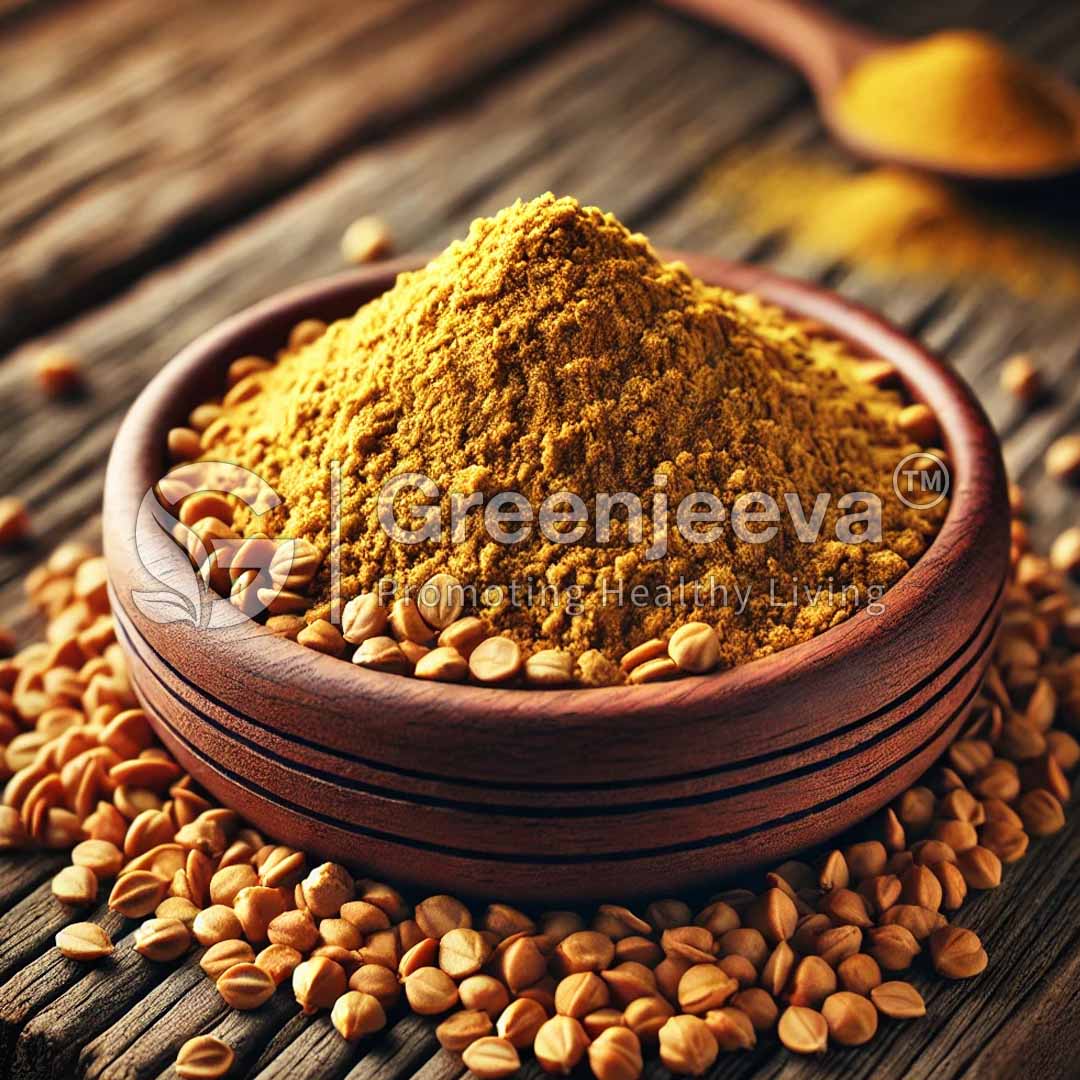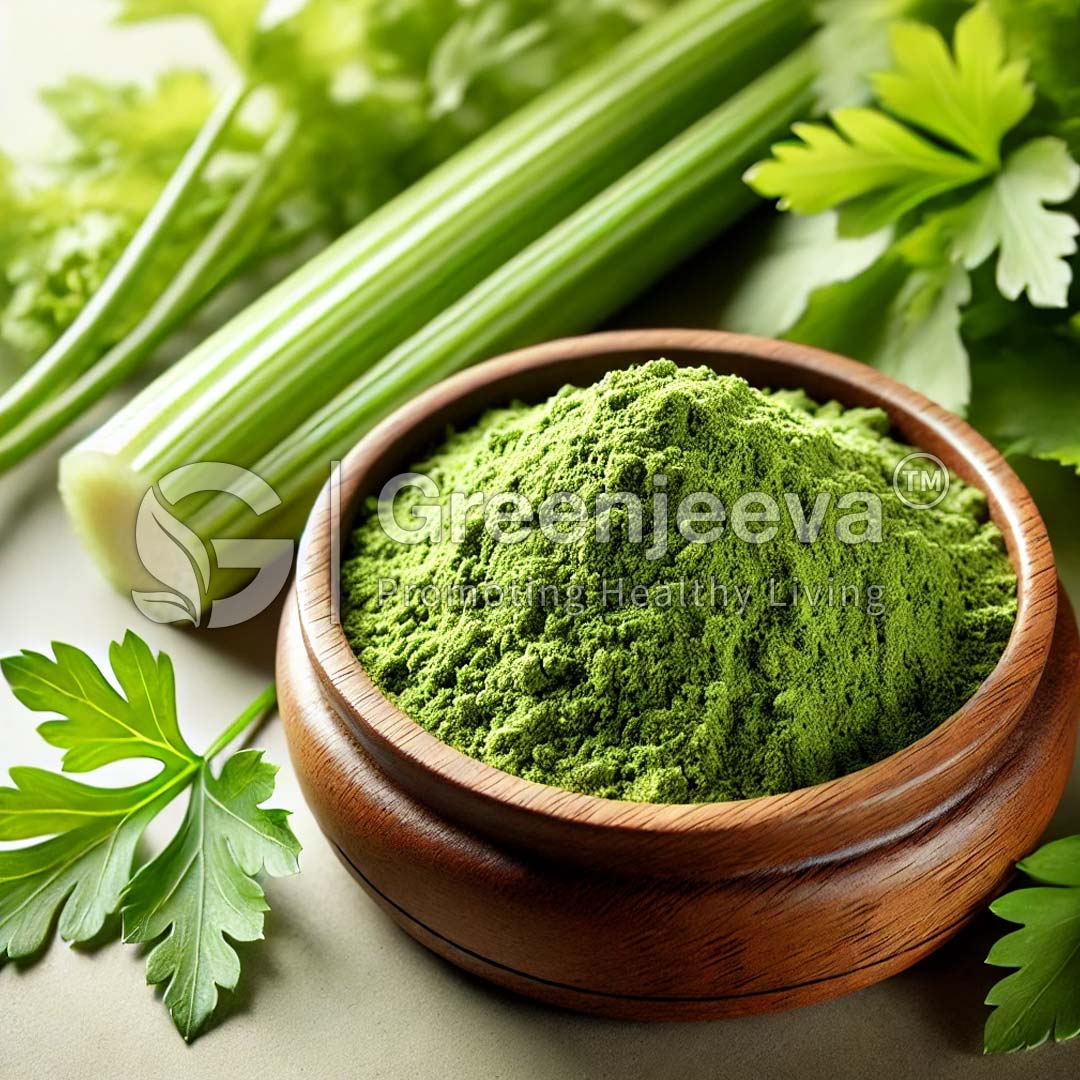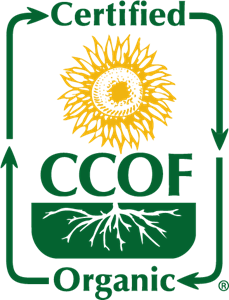Description
PRODUCTION & SOURCING
Banana production begins with the cultivation of banana plants in tropical and subtropical regions, where they thrive in warm temperatures and ample sunlight. The propagation of banana plants typically involves the use of rhizomes or suckers obtained from mature banana plants. Once planted, banana plants require regular care, including watering and pest control measures, to ensure healthy growth and development. Harvesting occurs when the bananas reach the desired stage of ripeness, which varies depending on market preferences and intended use. Harvested bananas are carefully cut from the plant in entire bunches and transported to processing facilities. Sorting is conducted to remove damaged or defective fruits, ensuring uniform quality. Sourcing bananas involves establishing relationships with reliable growers who prioritize sustainable farming practices and ethical labor standards.
Description
Botanical Name: Musa paradisiaca
Plant Part Used: Fruit
Processing Method: Drying, Grinding
This fruit is available in various colors and sizes, and this plant belongs to the family Musaceae. These plants are native to Asia, Malaysia, and Indonesia. Carotenoids, flavonoids, and phenolics are the major bioactive components found in this fruit. This fruit is very nutritious for health, filled with dietary fiber, vitamins, and essential minerals like vitamins B6, C, potassium, magnesium, and manganese. Phytochemicals like dopamine and catechin are available in good amounts those act as antioxidants. This fruit is also known as “super fruit” and high demand in the dietary market.
Product Spec
Biological source: Musa nana
Shelf Life: 24months
Plant part used: Fruit
Country Of Origin: China
Items |
Specification |
Test Methods |
| Physical Analysis | ||
| Description | Powder | Organoleptic |
| Color | Light yellow | Organoleptic |
| Odor | Characteristic | Organoleptic |
| Taste | Characteristic | Organoleptic |
| Mesh size | 100% Passes through #80 mesh | USP<786> |
| Loss on drying | NMT 10.0% w/w | USP<731> |
| Total ash | NMT 10.0% w/w | USP<561> |
| Assay | 100% | TLC |
| Total Heavy Metals | NMT 10 ppm | USP<231> |
| Lead | NMT 0.5 ppm | USP<232> |
| Arsenic | NMT 1 ppm | USP<232> |
| Mercury | NMT 0.5 ppm | USP<232> |
| Cadmium | NMT 0.5 ppm | USP<232> |
| Chromium | ||
| Microbiology Test | ||
| Total Plate Count | NMT 100,000 cfu/g | USP<61> |
| Yeast & Mold | NMT 1000 cfu/g | USP<61> |
| E. Coli | Negative | USP<62> |
| Salmonella | Negative | USP<62> |



